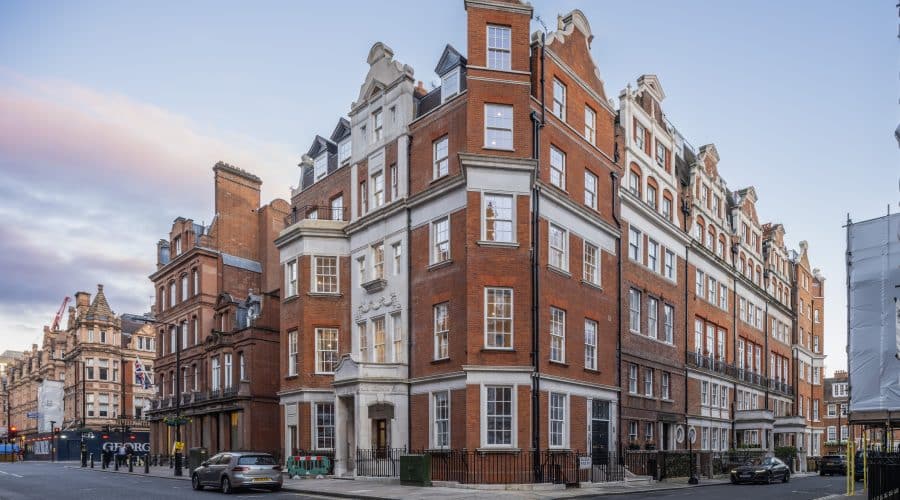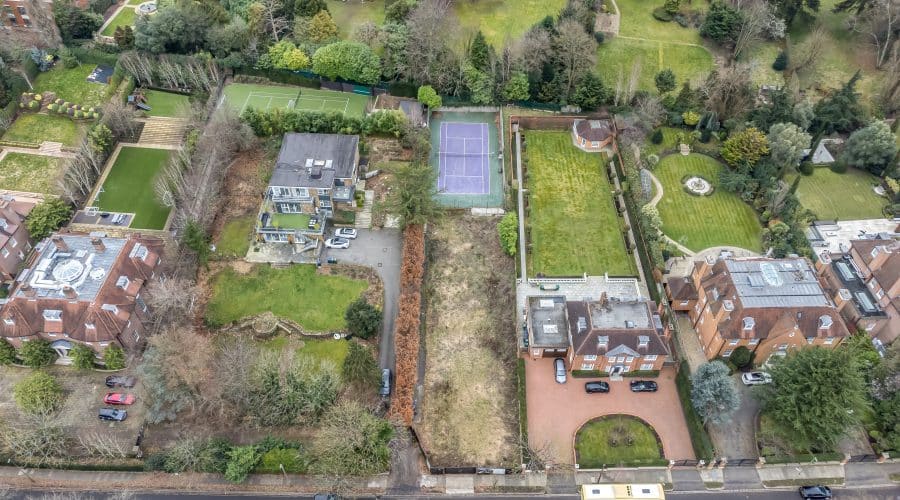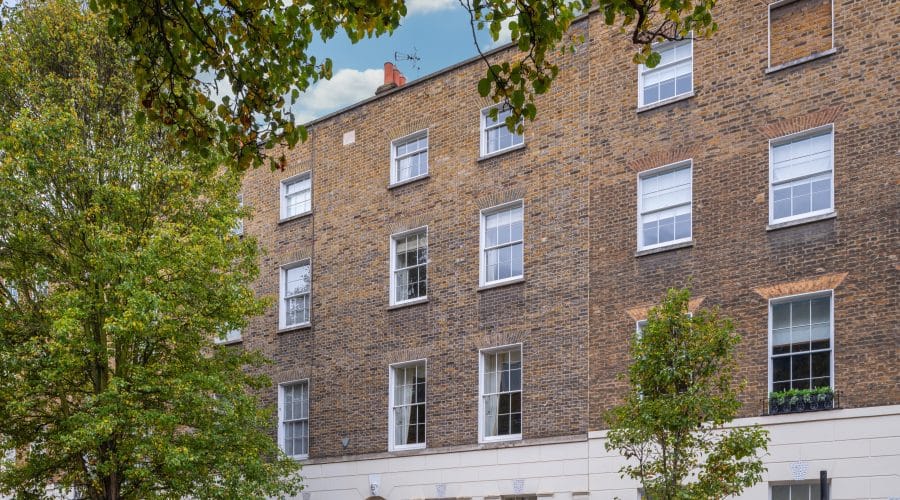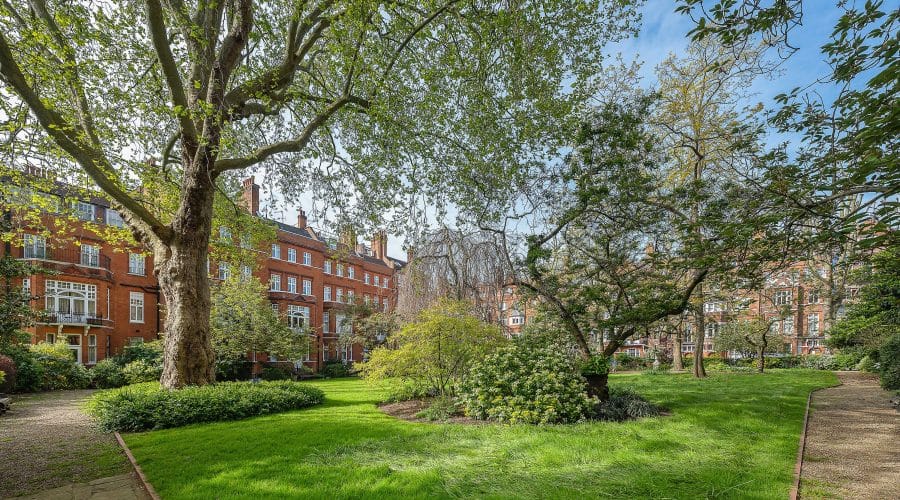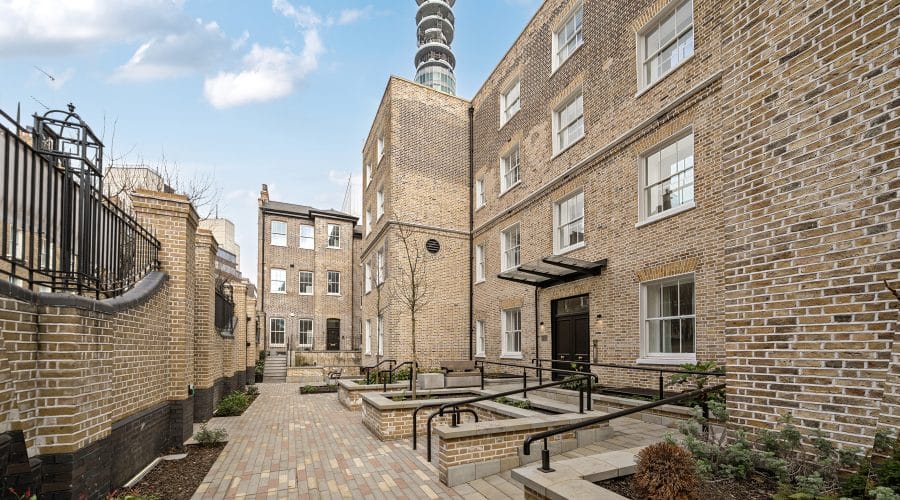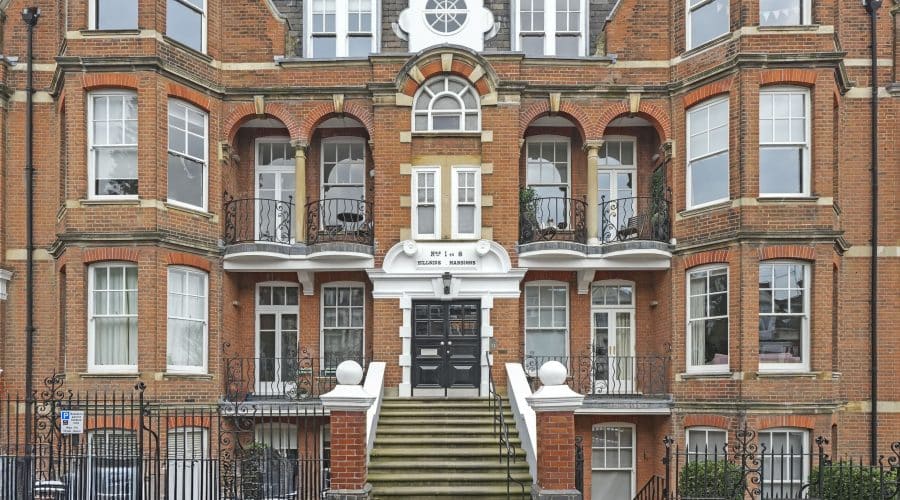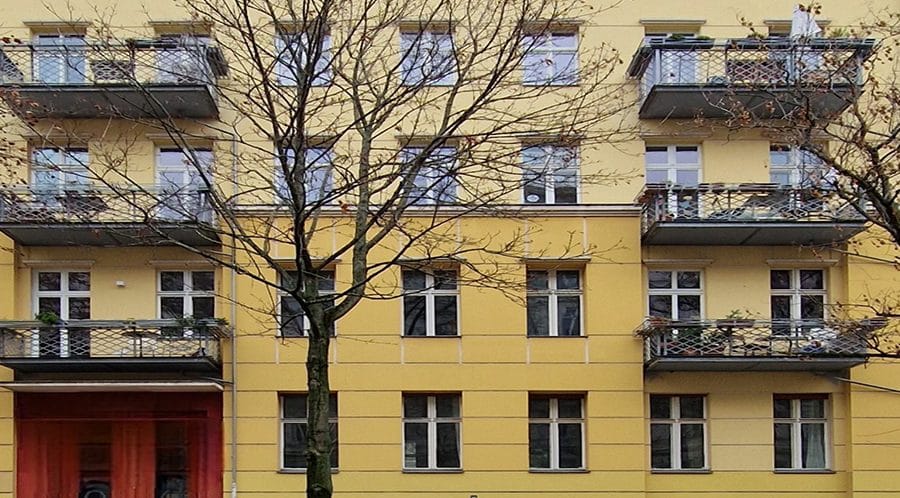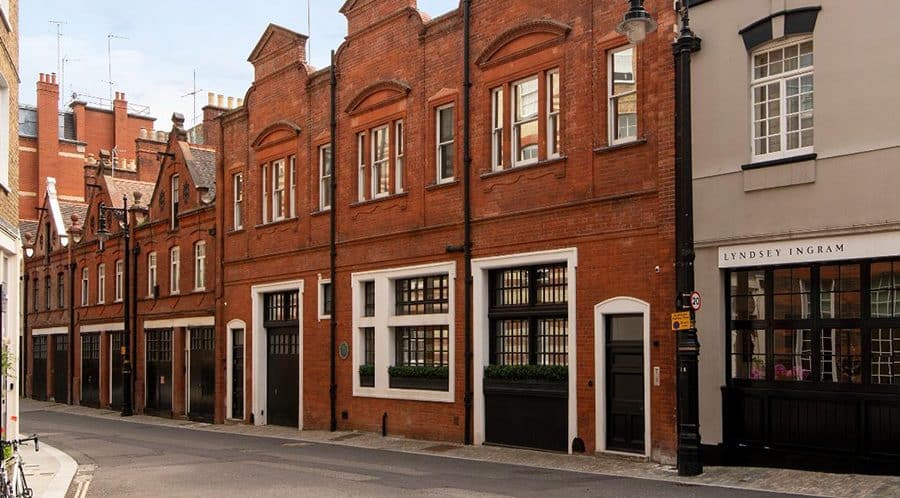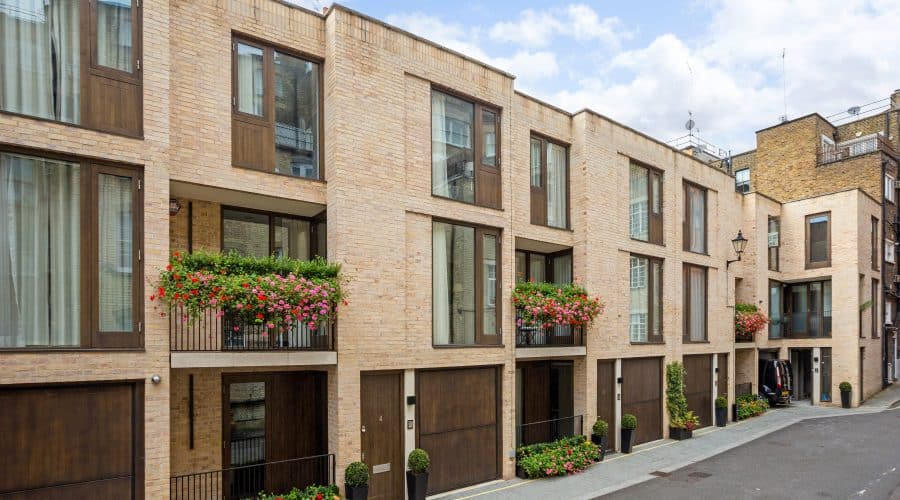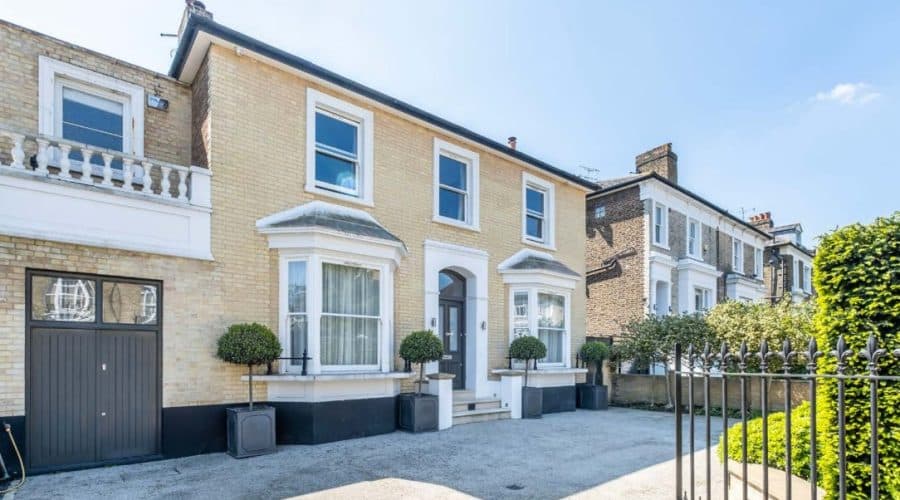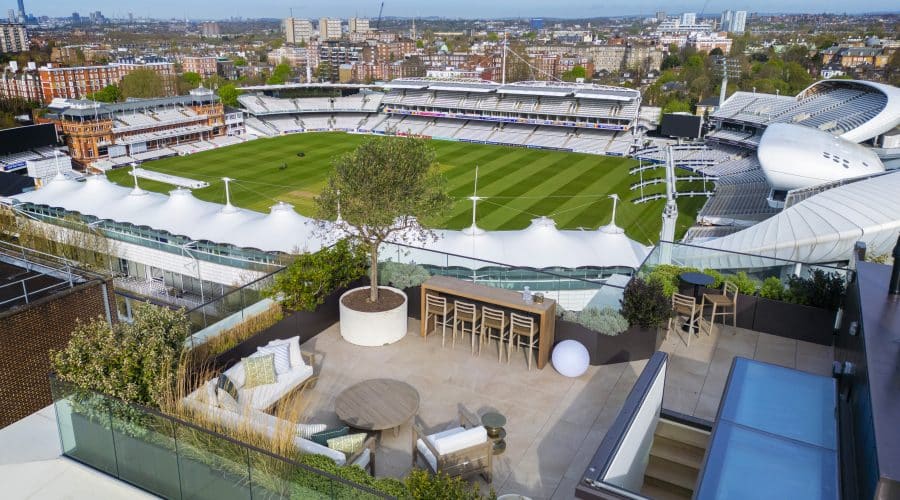Despite global macroeconomic uncertainty dominating headlines in 2022, UK house prices continue to defy gravity. Rightmove, the online property portal, says homes today are selling faster than ever before and this “frenzy” is driving property prices to record highs1.
On the face of it, concerns around interest rates, the economy, and the war in Ukraine would normally be enough to put the brakes on a runaway housing market.
Yet, as the last two years have shown, we live in far-from-normal times. And the UK prime housing market seems no different.
As Stephen Moroukian, Product and Proposition Director at Barclays Private Bank explains, the pace of change in the market has been staggering: “Ironically, back in May 2020, there were dire warnings from the Bank of England that UK property prices could fall 16%2. However, the pandemic certainly stimulated the housing market and it’s continued to defy expectations, with many prime markets recording double-digit price growth across 2021.”
The impact of COVID-19 and home working had sent many city-based buyers into a pandemic-fuelled “race for space”, and a longing for luscious coastal and country pads. Yet urban living has seemingly since recovered much of its allure with people returning to the bright lights of the city, as well as their offices – albeit at a reduced frequency.
“We’re definitely seeing a pick-up in central London living – in both the sales and rental markets,” says Camilla Dell, Founder of central London buying agency Black Brick.
Dell also says that around half of all her sales are now “off-market”, properties not listed by estate agents. “In my 20-year career, I’ve never seen a market like this in central London, which is so chronically short on supply,” she adds.
‘Race for space’ continues to fuel demand for prime regional property
Price points today continue to reflect the tectonic shifts we’ve seen in the UK property market over the last two years. The market for high-end prime regional property remains strong; Savills is currently seeing 9% annual price growth although it notes interestingly that “proximity to London is starting to influence performance once again” – with high-value markets such as Rickmansworth, Sunningdale, Reigate, Esher, and Weybridge in much demand3. So too the country house market, with 10.3% annual price growth for £2m-plus residences3. It’s a similar story for regional cities – with prime areas in places such as Bristol, Glasgow, York, and Winchester all now “outperforming their surrounding areas”, according to Savills3.
“Ever since the housing market reopened in June 2020, the pace of buying activity – especially at the top end of the market – has been exceptionally strong, and any stock that comes on to the market is sold very quickly,” says Lucian Cook, Head of Residential Research at Savills.
“Also, this ‘race for space’ hasn’t fully played out yet, especially with depleted stock levels and the latent demand in all prime areas.
“But I do think the next phase of the housing market cycle will be linked to the reality of the commute. During COVID-19, the commuter zone expanded out as far Monmouthshire in the west, to Yorkshire and Humber to the north.
“People will start looking to live more towards London and the traditional commuter zones within an hour by train to the capital – focusing on the ease and length of the commute.”
Prime London bounces back as COVID-19 recovery continues
London itself has been something of an outlier during the pandemic.
While larger family homes with gardens in its leafier suburbs have continued to perform well through COVID times – areas like St John’s Wood, Hampstead, Primrose Hill, Richmond, Wimbledon, and Dulwich.
It’s been a different story for prime central London – an area stretching from Chelsea to Camden, and Notting Hill to Westminster – where apartments tend to predominate in the traditional golden postcodes.
Average prices in prime central London are now 16% lower than they were at the start of 2016, according to Knight Frank, but there are signs of a revival – with prices up 2.1% in the last 12 months alone4.
Foreign buyers return – but not yet in large numbers
The much-heralded return of international buyers hasn’t quite yet materialised in the way some commentators thought it would do. Heathrow Airport passenger numbers, a key yardstick of overseas visitors to the UK, are still a fifth down on pre-pandemic levels5.
And it’s these wealthy foreign buyers that usually favour the turnkey properties of prime central London – typically in the exclusive neighbourhoods of Belgravia, Knightsbridge, and Kensington.
“Summer is going to be an interesting test for London,” says Cook at Savills. “But London does seem well primed for recovery, given that it’s already started before the full weight of international money has flowed back into the market.”
And Dell at Black Brick believes these overseas buyers, once they do return in greater numbers, will encounter a very different marketplace than what they’ve faced previously.
“Buyers will have to be more flexible when it comes to finding the property they want,” she says. “Because of this lack of supply, more buyers are going to have to consider properties that require work. It’s going to make things more complex, as you’ll need to do your sums before putting in an offer, as well as checking planning consents.”
The other more-recent change is that all overseas owners of UK property must also now register details of beneficial ownership to a public register, as a consequence of Russia’s invasion of Ukraine. “It’ll be interesting to see how this plays out, as a certain group of buyers like to protect their anonymity,” adds Cook at Savills.
Signs the UK property market may be normalising
There are, however, some suggestions that the red-hot housing market may be beginning to normalise – putting an end to the wild supply and demand imbalances of the last two years.
“The UK property market has defied gravity over the course of the pandemic,” says Tom Bill, Head of UK Residential Research at Knight Frank.
“Tight supply, low interest rates, accumulated household wealth and a desire for more space and greenery have conspired to produce double-digit house price growth over the last year. But we believe 2022 is when this begins to unwind, and growth returns to single digits.
“Crucially, we believe supply will continue to increase as the distortive effects of the pandemic fade. The supply shortage has been the single biggest cause of strong house price growth over the last two years, but there are early signs now that stock levels are building.”
There are, however, some suggestions that the red-hot housing market may be beginning to normalise – putting an end to the wild supply and demand imbalances of the last two years.
“The UK property market has defied gravity over the course of the pandemic,” says Tom Bill, Head of UK Residential Research at Knight Frank.
“Tight supply, low interest rates, accumulated household wealth and a desire for more space and greenery have conspired to produce double-digit house price growth over the last year. But we believe 2022 is when this begins to unwind, and growth returns to single digits.
“Crucially, we believe supply will continue to increase as the distortive effects of the pandemic fade. The supply shortage has been the single biggest cause of strong house price growth over the last two years, but there are early signs now that stock levels are building.”
Of course, history does not predict the future. But the quite phenomenal market conditions of these past two years may be beginning to ease. And while prime central London is finding its feet once again as activity picks up, other markets are showing early signs of cooling – as the “race for space” subsides, and interest rates rise.
